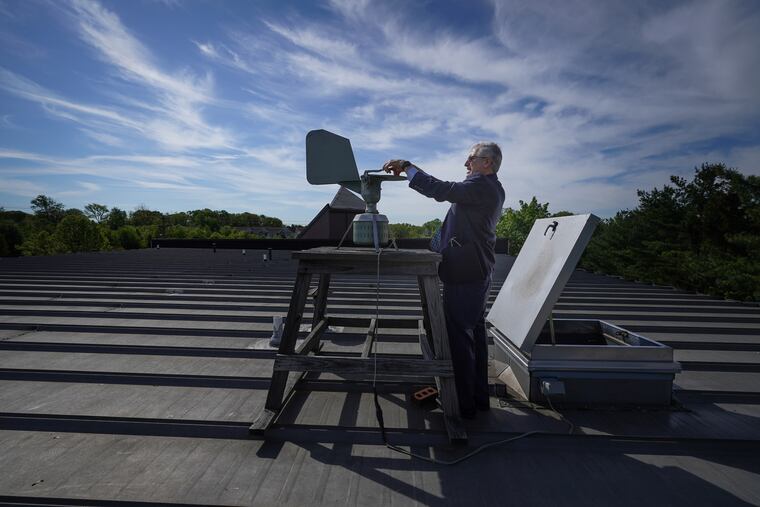The pollen season ramps up in Philly, along with the May-like temperatures
Tree-pollen counts were "extreme" Thursday morning as those bud-swollen trees are getting the jump on the pollen season.

Tree-pollen counts were "extreme" Thursday morning as those bud-swollen trees are getting the jump on the pollen season.
